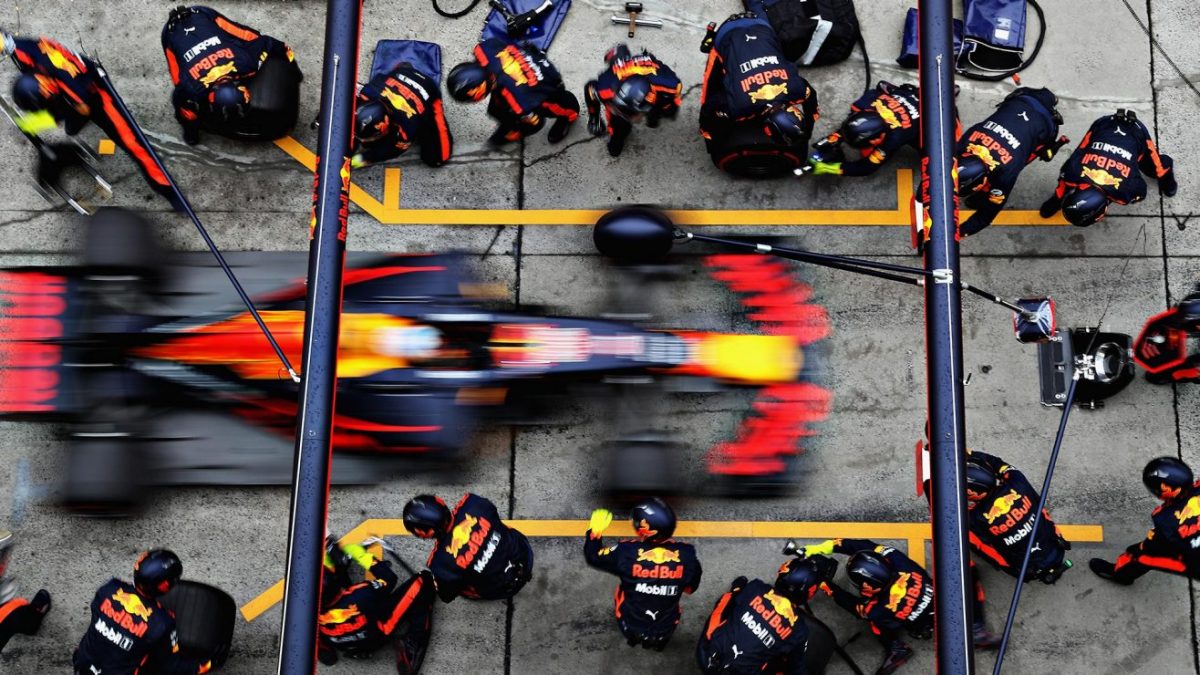Brentford football club have seen a quick rise through the ranks of English football over the past 10 years. The team has seen a lot of success over the past years, both in terms of footballing results and financially. The team has risen from the 4th tier of English football to the top tier in less than 15 years and made 151 million profits on player sales in the last 5 years (Pisa, 2022).
The defining moment was the investment of Matthew Benham in 2009, leading to his full takeover in 2012. Benham was a boyhood fan of the club, he found success in using data to be able to predict football games, used by gambling firms to set their odds for football games. He then took over the club in 2009 and applied the same logic he used in his sports betting career to run his football club (Pompliano, 2021).
Benham instructed the club to find undervalued players. Using big data on all football leagues across Europe Brentford managed to target players whose statistics indicated that they were good football players but were used in the wrong position or were undervalued by the club. A good example of this is Neal Maupay, a French player, made his debut in the French first league at 16 showing strong potential, but through injuries and poor transfers ended up playing in the second league of France. Even here, people thought he was too aggressive and too angry. Brentford bought Maupay for 1.6 million as they could see his potential and his ability through statistics, he became their top scorer, helping them secure promotion and was sold 2 and a half years later for 19.8 million, so 18.2 million profits (O’Brien, 2020). Brentford did this multiple different times, through finding players whom they thought were undervalued, buying and developing them to lead Brentford to success and eventually sell the player to a larger club for a generous profit.
Brentfords business model leads to a more fundamental question, can data replace humans as football scouts? This is an interesting question as a lot of people still believe that for a football player, or any team-sports player for that matter, there are features or attributes that cannot be measured by statistics. There is a belief among football fans that things like leadership, ability to perform in important games and uplifting teammates are attributes that you can only see or feel, not measure. Brentford have challenged this view with their data driven approach to recruitment, but could it work for every club? Brentfords ethos is to make do with the little resources they have, they don’t have the resources to buy very expensive players and so they need to buy cheap and make them better.
My opinion is that this is a great business model and an illustration that money does not need to rule football, something all football fans are fearful of accepting. However, I find it hard to believe that for the big clubs, to win a premier league or a champions league that this business model would work. For the Real Madrid’s, the Liverpool’s, and the Manchester city’s, they need to spend a lot of money to create super teams that are capable of contending at the pinnacle of football.
References:
O’Brien, S. (2020, January 24). How brentford flipped the script to become England’s smartest club. talkSPORT. Retrieved October 2, 2022, from https://talksport.com/football/fa-cup/659667/brentford-data-revolution-england-smartest-club-championship-leicester-fa-cup/
Pisa, G. (2022, January 21). How brentford have made £151m profit from transfer sales like Watkins & Benrahma. The Sun. Retrieved October 2, 2022, from https://www.thesun.co.uk/sport/17388873/brentford-transfer-profit-watkins-benrahma/#:~:text=A%20selected%20number%20of%20player,mammoth%20%C2%A3173.7m%20altogether.&text=It%20works%20out%20at%20a,151.2m%20from%20player%20sales
Pompliano, J. (2021, June 1). The sports gambler who turned $700K into $300M. The Sports Gambler Who Turned $700k Into $300M. Retrieved October 2, 2022, from https://huddleup.substack.com/p/the-sports-gambler-who-turned-700k


